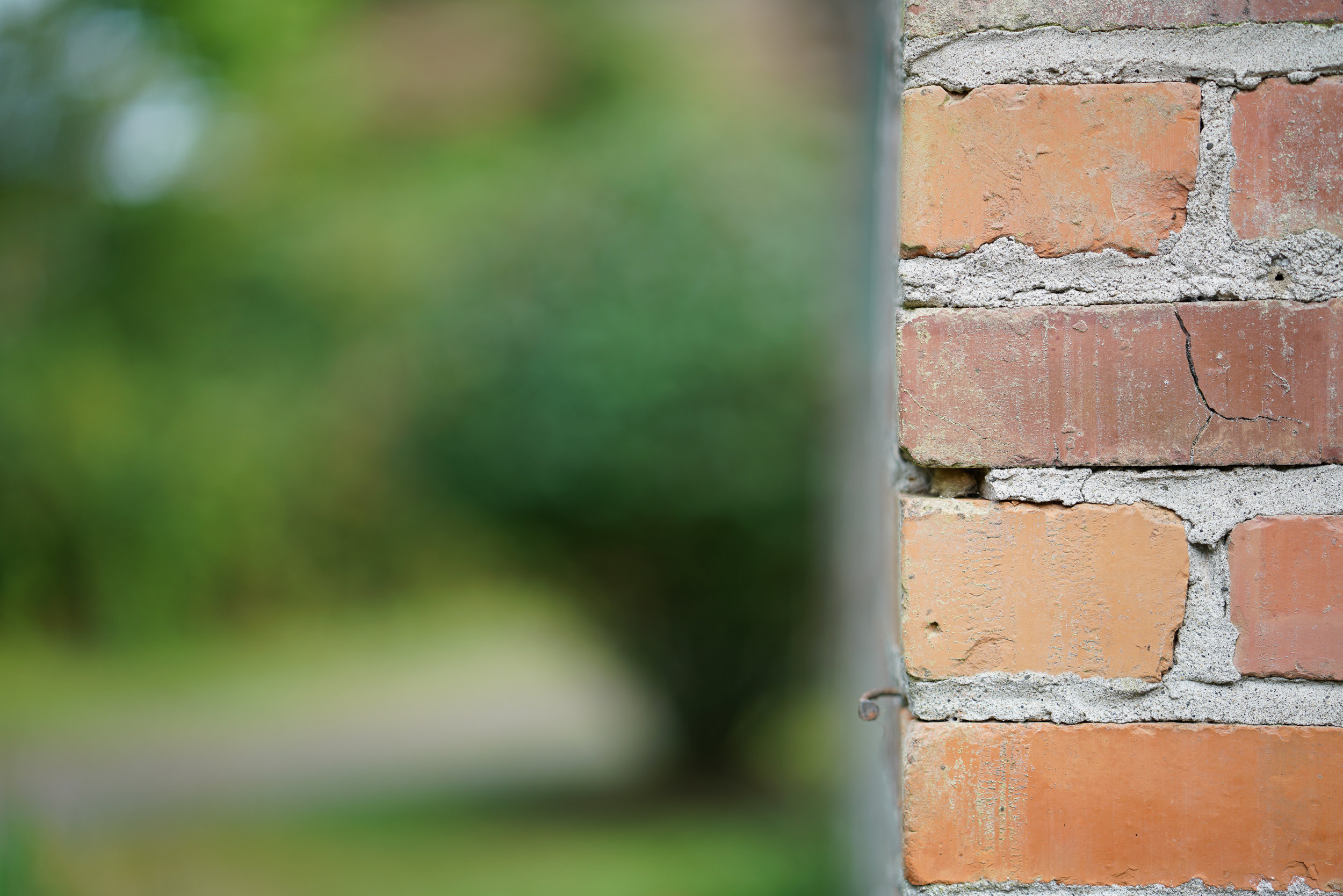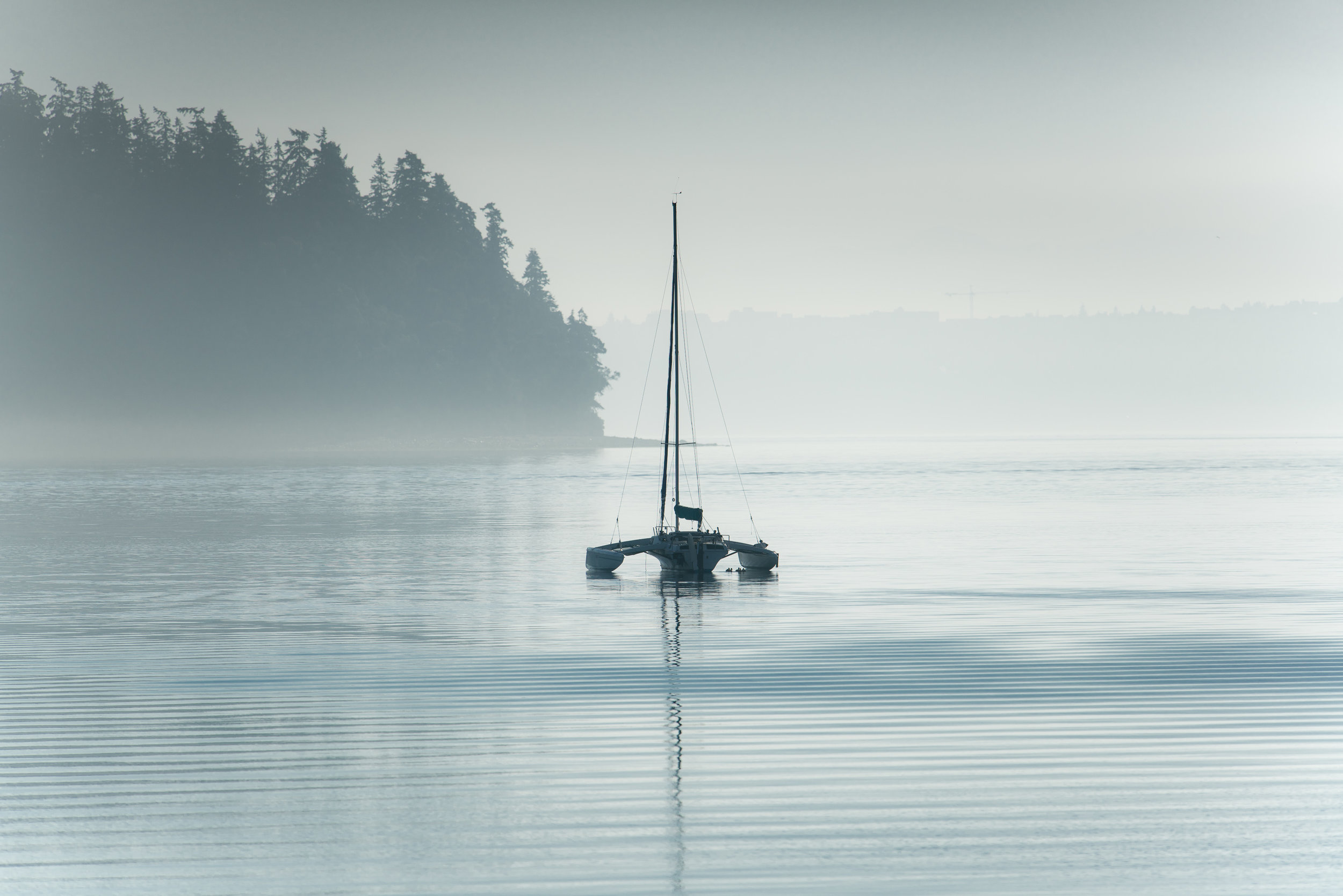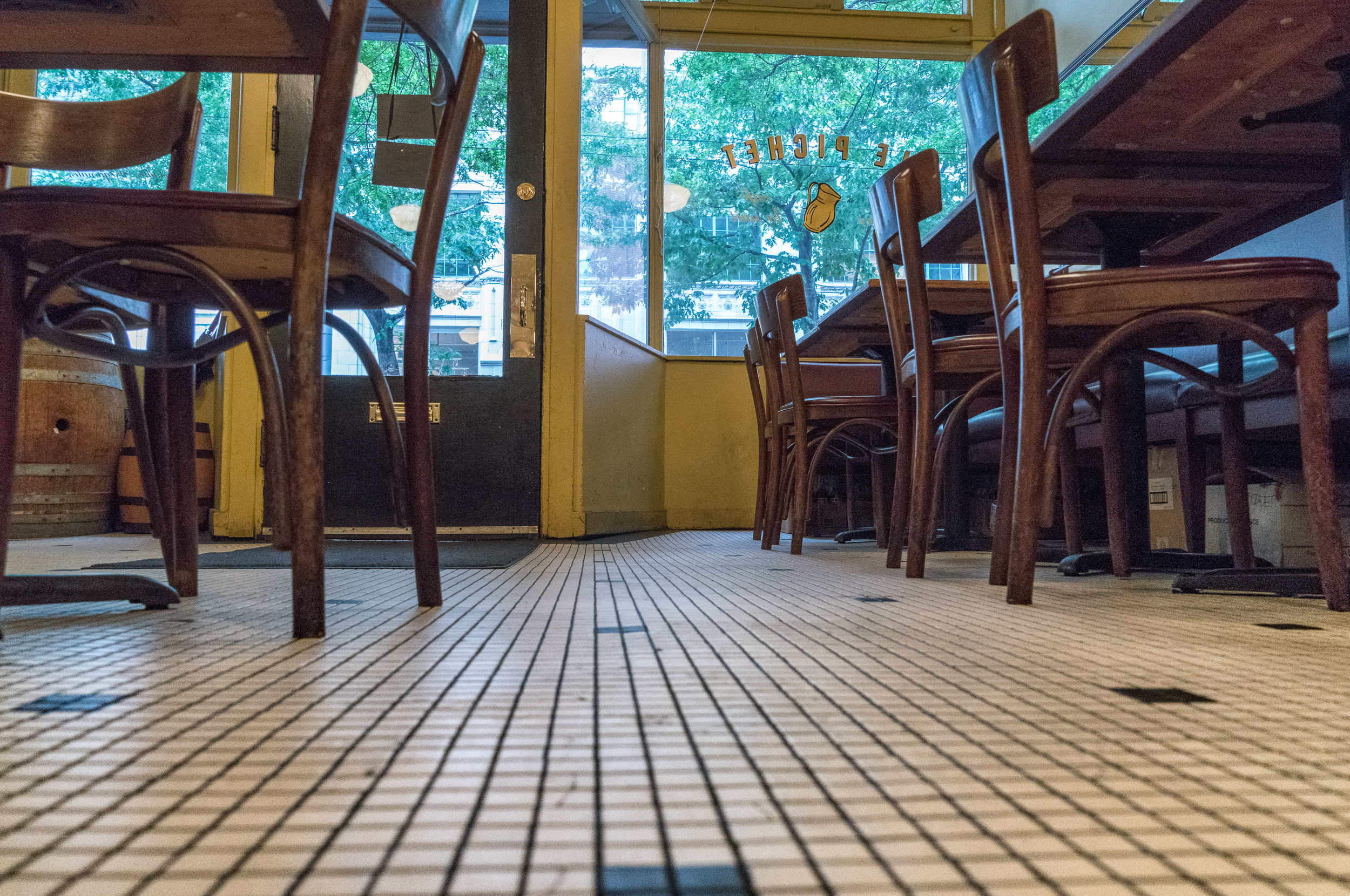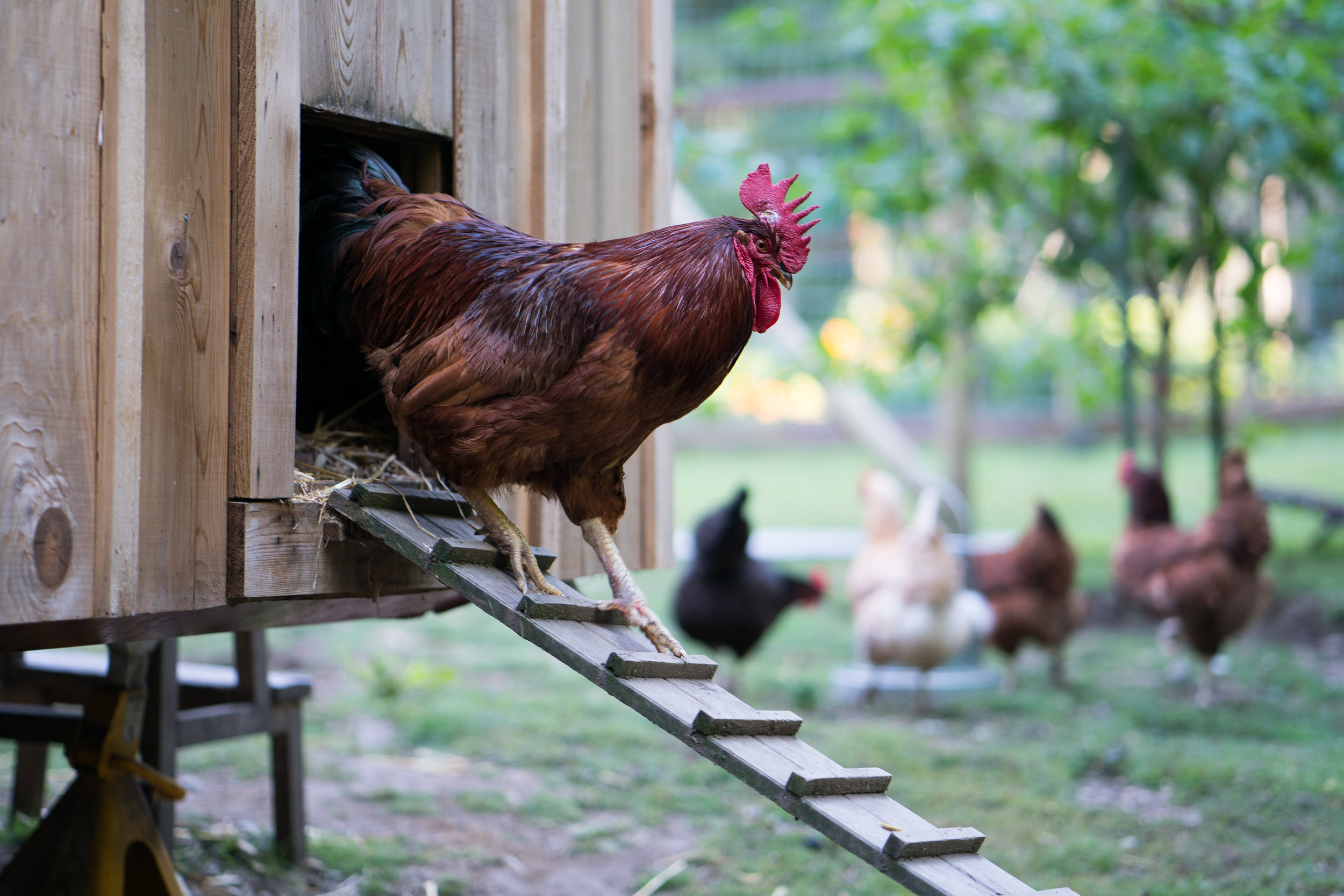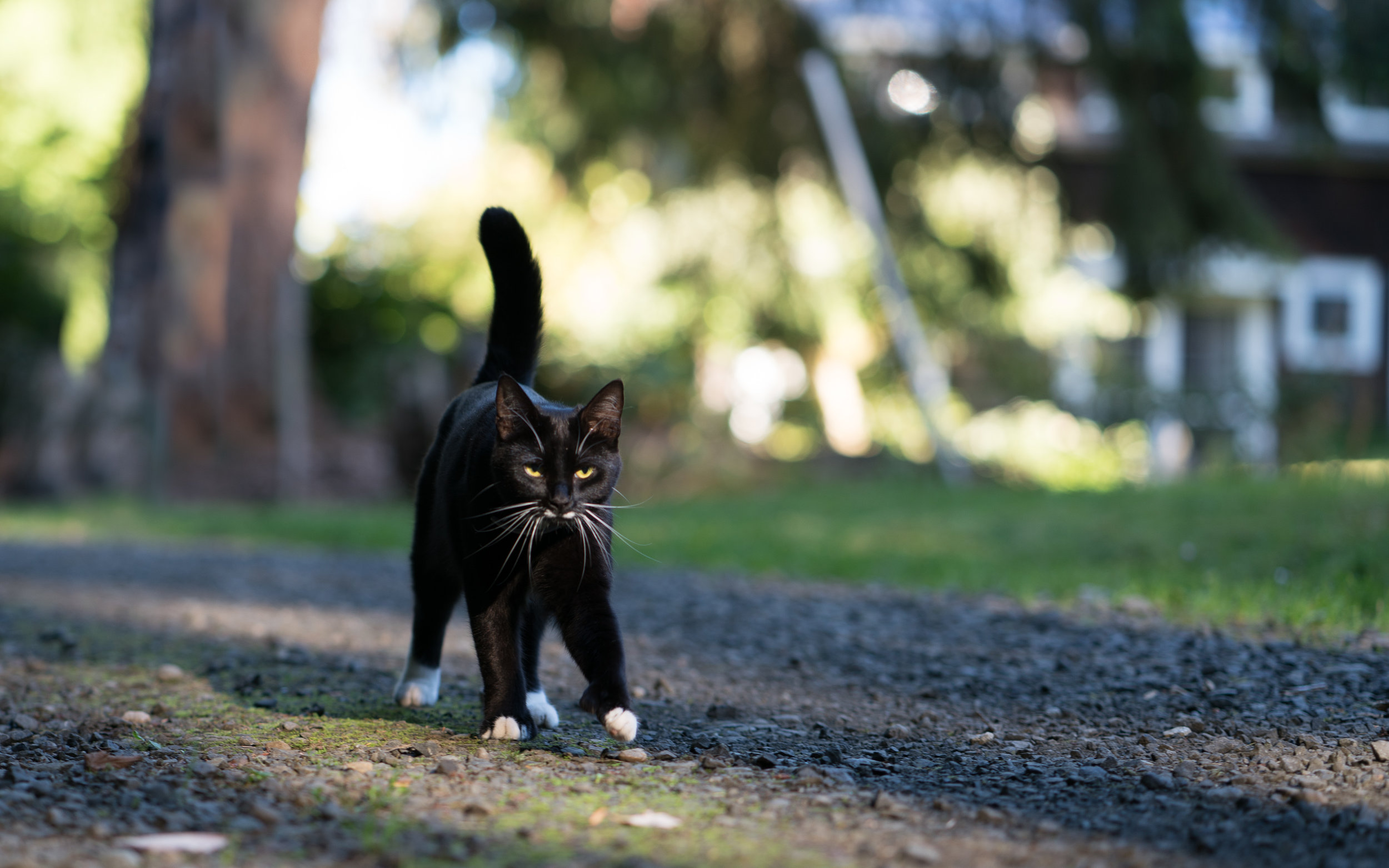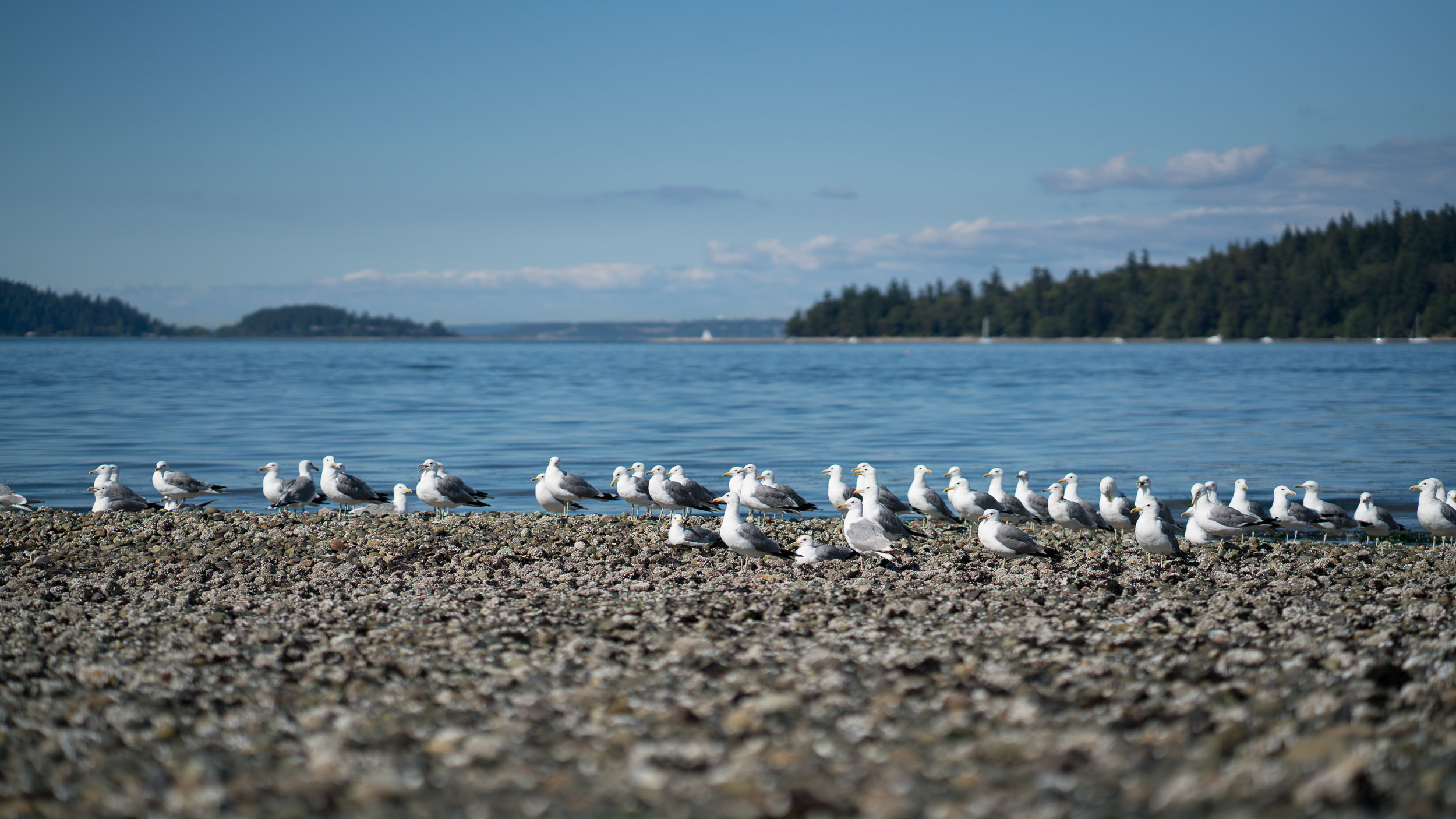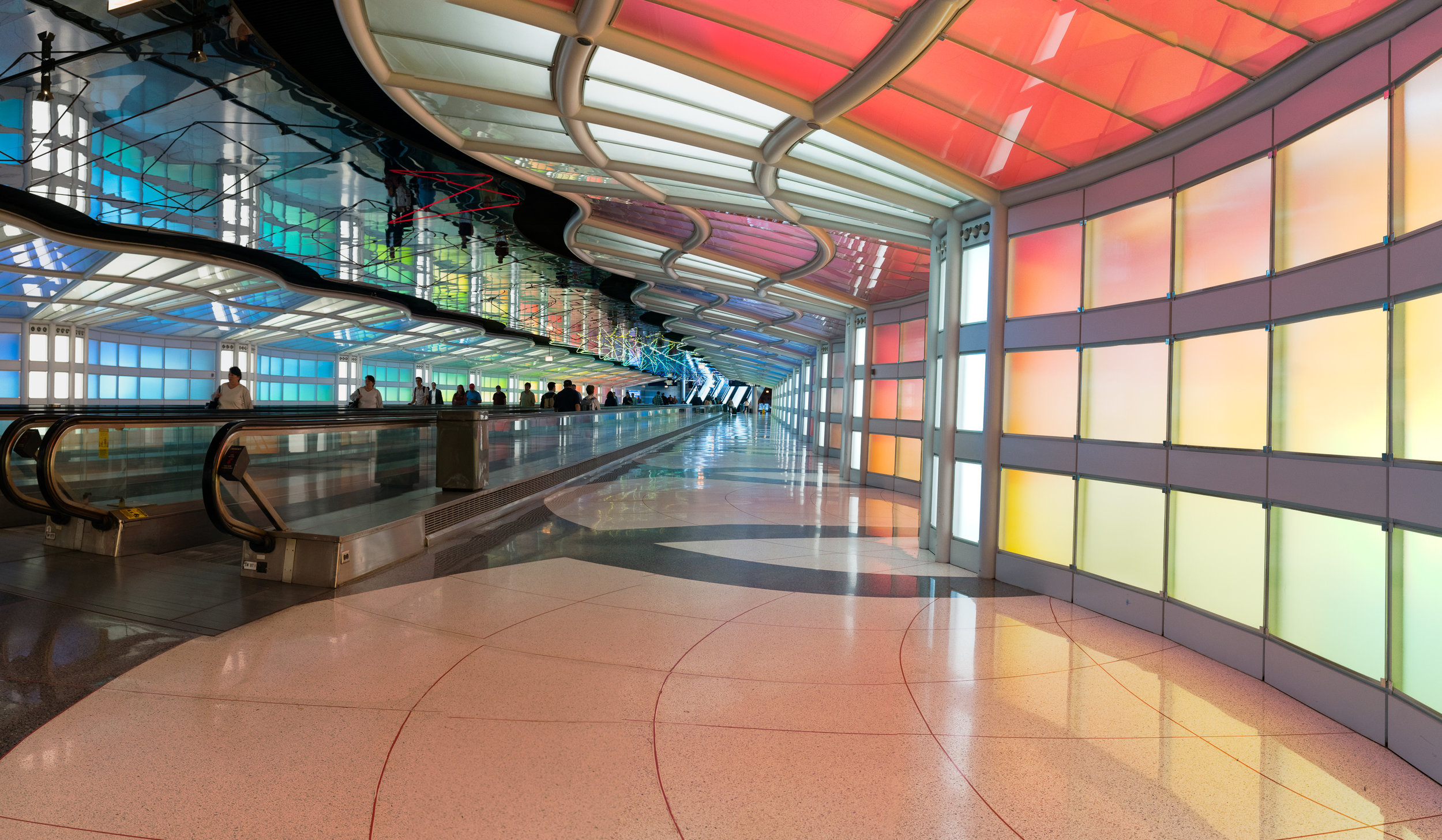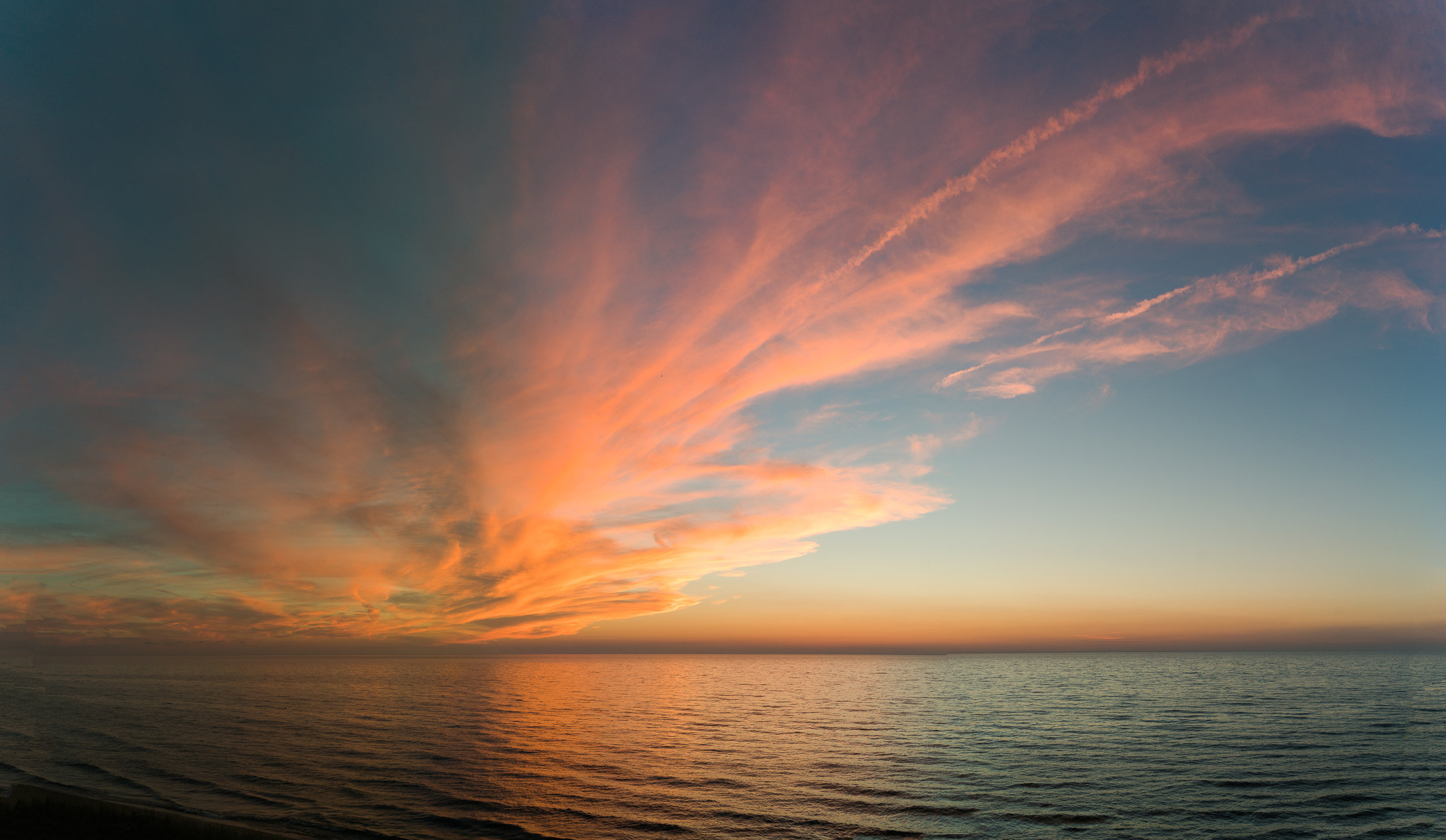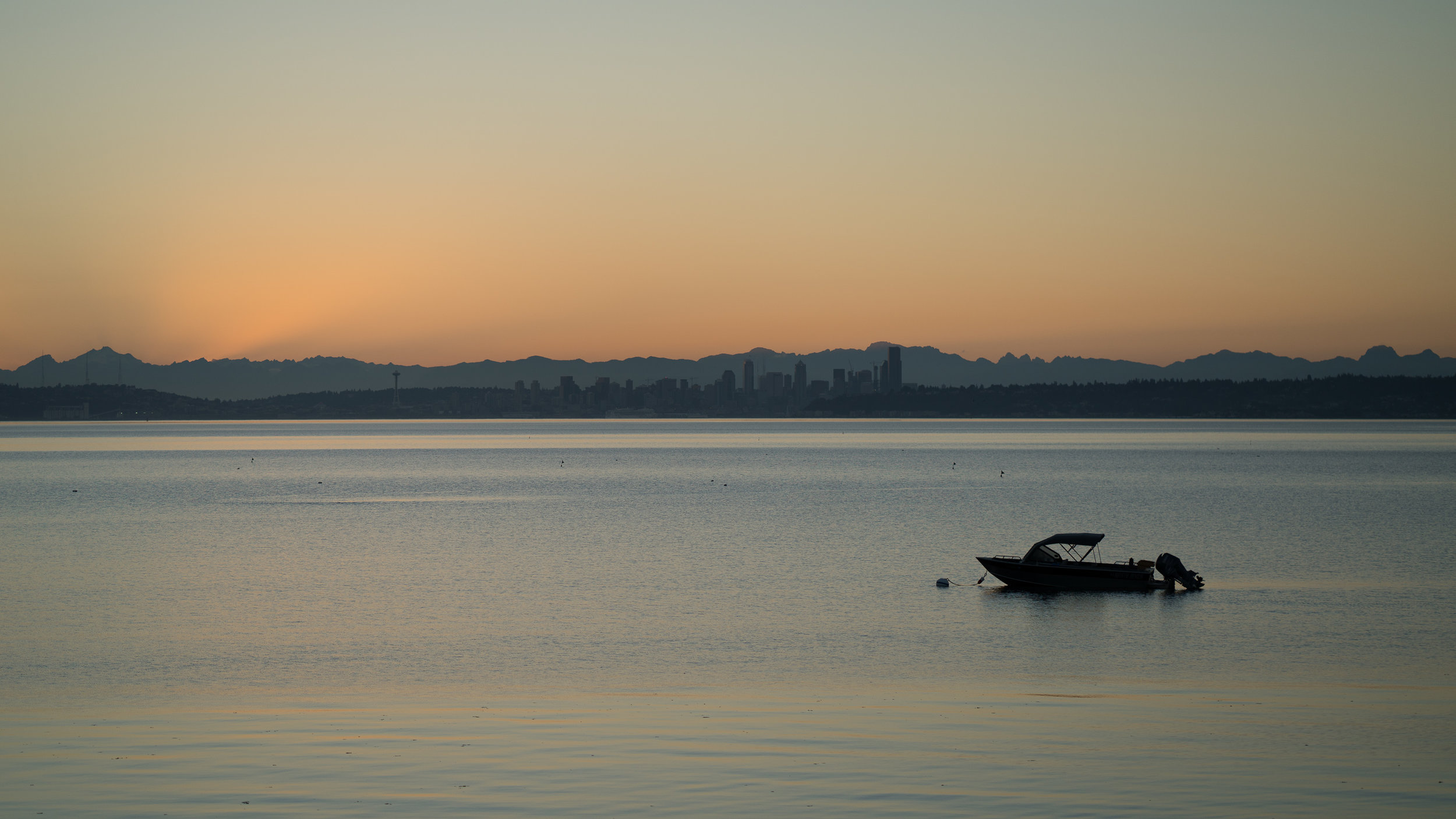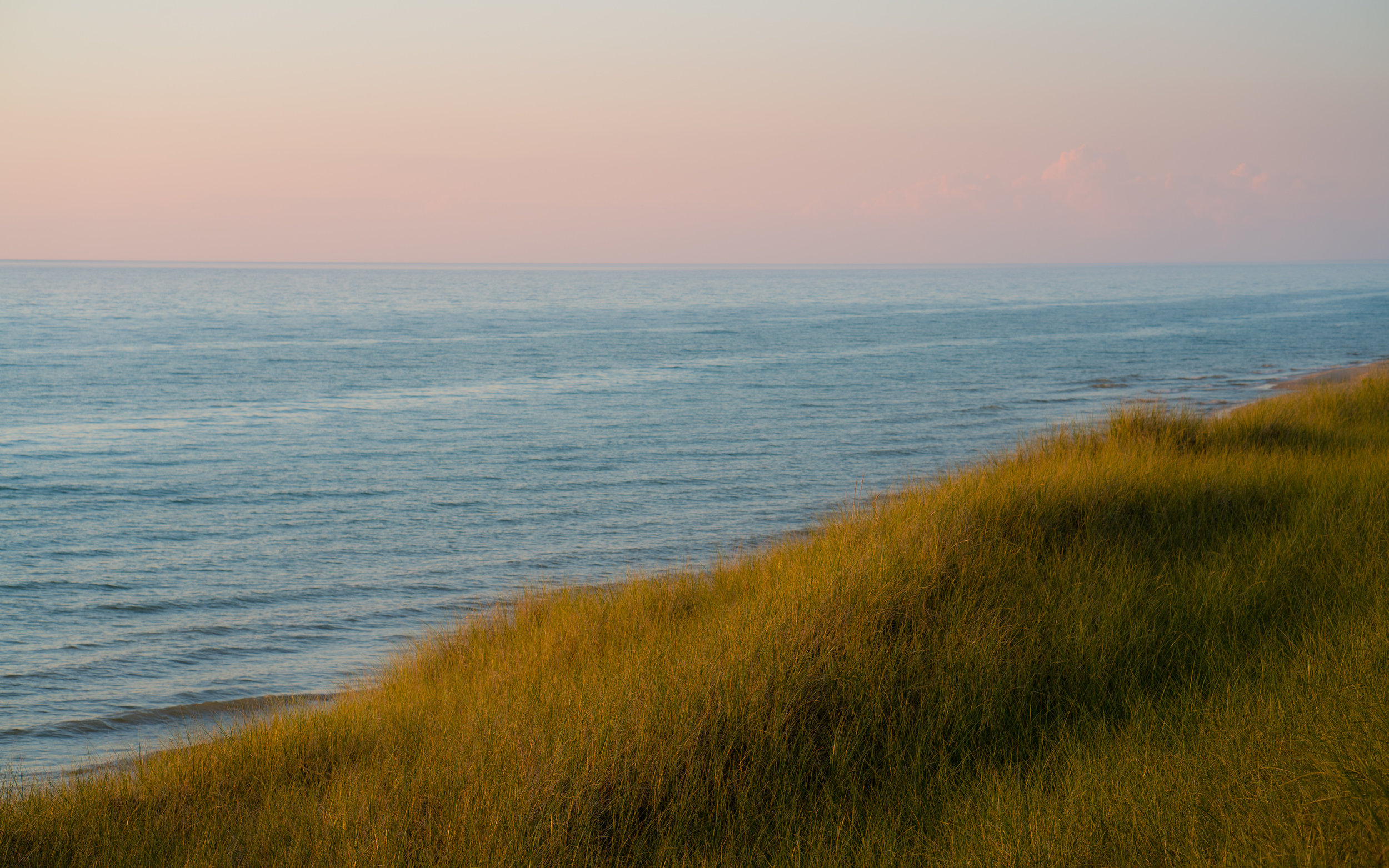New Camera: Confessions of a Gearhound
A low-key way to review a high-end product, the Sony Alpha A7Rii
The joy of a new toy. I mean, camera. Let's be honest: there is nothing quite like unboxing a new camera with new lenses, particularly if they are from an entirely new and unfamiliar system. Before its arrival I had warned Fran, my everything-but-wife, that I might be out of commission for a week, and even fibbed to my business partners that I had a lot of stuff to do so don't expect quick responses. Fran was already aware that a purchase was eminent; she had seen me perusing the photo blogs with increased frequency, culminating in (roll of her eyes) the first of many visits to Glazers, our local pro photo store. I must have made four separate visits to touch, ogle, question, and snap photos. Because you see, switching systems is a very real commitment. It's also something I've done regularly and to which I wholeheartedly admit, having given in to GAS (gear acquisition syndrome). In 15 short years, I've gone from pocket digital (dip toe in water) to Pentax DSLR (because I had the old lenses) to Nikon DSLR (because they seemed to have a more complete system) to M43 (because they were far better suited for travel) to FF Mirrorless (because you can have your cake and eat it too). So in summary, here is the trajectory that I believe many people have followed:
- Dip toe in water
- Use those legacy lenses
- Upgrade to a system with more complete lens selection
- Downsize to a system better suited for travel
- Upsize to a system that offers everything
It's About Discovery
This is not about the super fantastic Sony A7 series of full-frame mirrorless cameras. Nor is it about the absolutely incredible and svelte Zeiss Batis series of lenses designed for Sony, which make both you and your photos look like you know what you're doing. It's about discovery. And isn't that what life is about, really? Here are a few things I discovered during my first week with this camera.
High ISO Low Light
This is where FF mirrorless really shines. Without pixel peeping, I can still see (and feel) a big difference, not just compared to smaller format cameras, but even to the earlier FF DSLR's such as my ancient Nikon D700 (which, via craigslist, begat my D7000, which begat my Olympus E-M5ii, which begat my Sony A7R, with not-so-diminishing returns after each sale).
IBIS for your Ibis
In-body stabilization means that any lens you put on the camera, can take advantage of stabilization. This means you can do so much more with hand-held than before. The picture above is one example. Here is another. Both at ISO 6400.
Bokeh
Yup. Plenty of it, everywhere. Just get a low aperture lens and/or get close enough to the subject to so that everything else is out of range. Then look at the cream.
Not that big of a jump
About the much maligned 24-70 f/4: It's got pretty much the same aperture-equivalent as the great 12-40 f/2.8 PRO on my Olympus m43 system, and pretty much the same form factor as well. I'd rate both lenses very, very similar in most respects. The point I'm making here is, if you like the combination of the Olympus E-M1 and 12-40, it's not really much different at all from the Sony A7R with 24-70 f/4, except that you get the added advantages of a full frame camera. Gee, these two even look similar.
High Dynamic Range without HDR
I dislike that HDR feature that most new cameras have, including my iPhone: take a burst of photos at different exposures, then layer them together to 'get your highs and the lows'. Reminds me of that Gov't Mule song Thorazine Shuffle, but not nearly as articulate. Having a camera that offers true high dynamic range is just so much better for those of us who would rather pull a few sliders in LightRoom than labor for an hour with masks and layers in Photoshop.
Lens Flexibility
Canon users can rejoice. There's also an auto-focus solution for Nikon users, though I would suggest that the Vello Auto Nikon-to-Sony adaptor used here still needs a few more firmware updates in order to fully accommodate Nikon's complex lens focusing systems. These two photos show two ends of the autofocus-able spectrum: 16mm, and 300mm, both from Nikon lenses. And take another look at the featured image: a 300mm telephoto attached to this camera and held with one hand. Okay, that's kind of like posing with your stomach pulled in. But hey. It works.
Hip to Shoot from the Hip
This is why I may never go back to DSLR's for travel and street photography; it's just so much easier to 'get down' for interesting angles or unobtrusive candids. My favorite way to shoot is 'dumb tourist' style with the camera strap around my neck - which acts as a kind of reverse tripod - looking down at the LCD which is then flipped up.
If You Can't Fit'em, Stitch'em
Digital photography makes it so easy to fit stuff even if you don't have the right lens on your camera. Here are some examples of images created by stitching a few pictures together.
Landscape Escapes and Escapades
This is probably just me, but wow. I really had some fun taking landscapes during the first week. Everything just seemed, well, more fresh. Must have been the new camera feel. Let's see if the luster delaminates. Next up: a real trip. To Asia.



